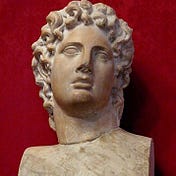
Friend of Medium
Politics, environment, education, history. Follow/contact me: https://george-dillard.com. My history Substack: https://worldhistory.substack.com.

Friend of Medium
Politics, environment, education, history. Follow/contact me: https://george-dillard.com. My history Substack: https://worldhistory.substack.com.